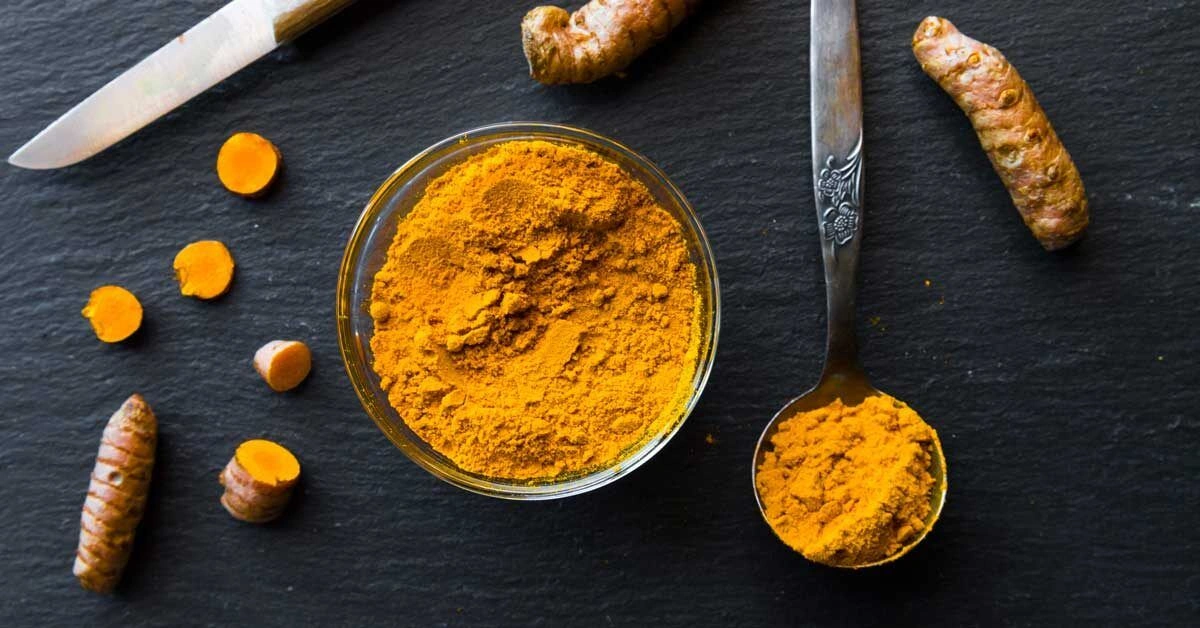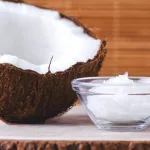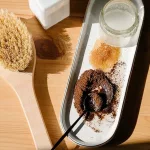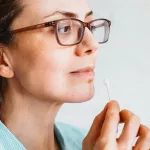Turmeric, a staple in curries and many Asian dishes, contains the compound curcumin. Research has demonstrated health advantages when turmeric products with elevated curcumin concentrations, or curcumin by itself, are used.
Because of its bright yellow hue, turmeric is sometimes referred to as Indian saffron.
Additionally, its long history in traditional remedies has sparked considerable interest in its potential health effects.
This article examines the advantages and main distinctions between turmeric and curcumin, plus guidance on supplementation.

What are turmeric and curcumin?
Turmeric is derived from the root of Curcuma longa, a flowering plant in the ginger family.
It’s commonly sold as a powdered spice, but when purchased fresh it resembles ginger root and displays a deeper yellow-to-golden tone.
In India, turmeric has been applied to treat skin problems, digestive complaints, and bodily aches. It’s an important component of Ayurvedic medicine, a traditional healing system.
Turmeric contains a variety of plant compounds, yet a group called curcuminoids delivers the most notable health-promoting effects.
Three important curcuminoids are curcumin, demethoxycurcumin, and bisdemethoxycurcumin. Among these, curcumin is the most potent and beneficial for health.
Curcumin, making up roughly 2–8% of typical turmeric preparations, is responsible for turmeric’s signature color and taste.
Curcumin by itself is recognized for anti-inflammatory, anti-cancer, and antioxidant properties.
Shared benefits
Both turmeric and curcumin exhibit medicinal properties that lead to multiple health benefits.
Below are areas where scientific evidence supports benefits from both turmeric and curcumin:
- Osteoarthritis: Plant compounds in turmeric, including curcumin, can lower inflammation markers and thus alleviate osteoarthritis symptoms.
- Obesity: Turmeric and curcumin may block inflammatory pathways linked to obesity and help regulate body fat.
- Heart disease: Turmeric and curcumin can lower “bad” LDL cholesterol and triglyceride levels.
- Diabetes: Turmeric and curcumin can improve glucose metabolism and may reduce diabetes-related damage.
- Liver: A rat study showed turmeric extract and curcumin protected against chronic liver injury by reducing harmful oxidative stress.
- Cancer: Although research is preliminary, turmeric and curcumin may suppress activity of colon and other cancer cells.
- Antifungal: Turmeric and curcumin can disrupt fungal cell membranes and could complement antifungal drugs for improved results.
- Antibacterial: Turmeric and curcumin display notable antibacterial activity, limiting the growth of various pathogenic bacteria.
Turmeric may offer benefits beyond curcumin alone
Turmeric as a whole plant has earned respect in medical circles.
It’s not only helpful for arthritis, but it may also support brain health with aging and shows potential in Parkinson’s disease treatment.
Turmeric contains multiple phytochemicals that interact to strengthen body systems.
One study assessing turmeric’s antifungal properties found that all eight components, including curcumin, could inhibit fungal growth.
The research also revealed that curdione produced the strongest inhibition alone, but its antifungal effect grew when combined with the other seven components.
Thus, while curcumin alone can curb fungal growth, whole turmeric may deliver a substantially greater effect.
Similarly, another study suggested turmeric was superior to curcumin alone at suppressing tumor cell proliferation.
Because turmeric contains curcumin, it remains difficult to determine whether turmeric outperforms curcumin for other health outcomes.
More direct comparative trials are required to clarify their relative effects.
Curcumin may be preferable for certain conditions
Since curcumin is viewed as the most active component of turmeric, scientists have isolated it to study its potential benefits independently.
It has demonstrated potent anti-inflammatory and antioxidant actions and may aid wound healing through antibacterial mechanisms.
Both turmeric and curcumin have been shown to lower blood sugar in type 2 diabetes. Still, a 2002 animal study indicated curcumin outperformed turmeric in reducing diabetes markers.
Curcumin can specifically reduce inflammatory mediators like tumor necrosis factor (TNF) and interleukin 6 (IL-6), which play key roles in type 2 diabetes.
Further clinical trials are needed to compare turmeric and curcumin effects in people with type 2 diabetes.
Curcumin offers additional benefits, such as potentially lowering osteoporosis risk.
An animal study found rats given turmeric extracts enriched with curcuminoids maintained bone mass, while those given extracts with fewer curcuminoids saw no benefit.
However, curcumin is frequently poorly absorbed and can transit the gut largely unmetabolized.
A practical tip is to pair black pepper with meals or supplements that contain curcumin. Piperine, a component of black pepper, can boost curcumin’s bioavailability by 2,000%.
Which should you pick?
There’s no formal consensus on whether curcumin or whole turmeric supplements are superior.
Most positive trials have used turmeric extracts with concentrated curcumin or isolated curcumin.
When selecting a supplement, choose one that has clinical data supporting its absorption and effectiveness.
In a review on joint arthritis, turmeric extracts providing about 1 gram of curcumin daily showed the greatest benefit after 8–12 weeks.
For cholesterol reduction, 700 mg of turmeric extract twice daily may be effective.
An eight-week trial reported that 2.4 grams of turmeric powder with nigella seeds daily reduced cholesterol, waist circumference, and inflammation.
Although findings vary, one study in athletes showed that 6 grams of curcumin plus 60 mg of piperine in three divided doses lessened exercise-induced muscle damage.
Curcumin is generally well tolerated and has been tested at doses up to 12 grams per day.
However, it can cause side effects such as gastrointestinal discomfort and nausea in some people.
The bottom line
Turmeric is a golden-hued spice used for millennia to address inflammation, bacterial infections, and digestive complaints.
It contains curcumin, which has established antioxidant and anti-inflammatory properties.
There is no definitive agreement on whether curcumin supplements or whole turmeric is the better choice.
Most studies employ turmeric extracts high in curcumin or isolated curcumin. Both turmeric and curcumin can reduce joint inflammation, cholesterol, blood sugar, and the growth of tumor, fungal, and bacterial cells.
Be sure to include some black pepper with your turmeric powder or supplement to enhance curcumin absorption.


















Leave a Reply
You must be logged in to post a comment.